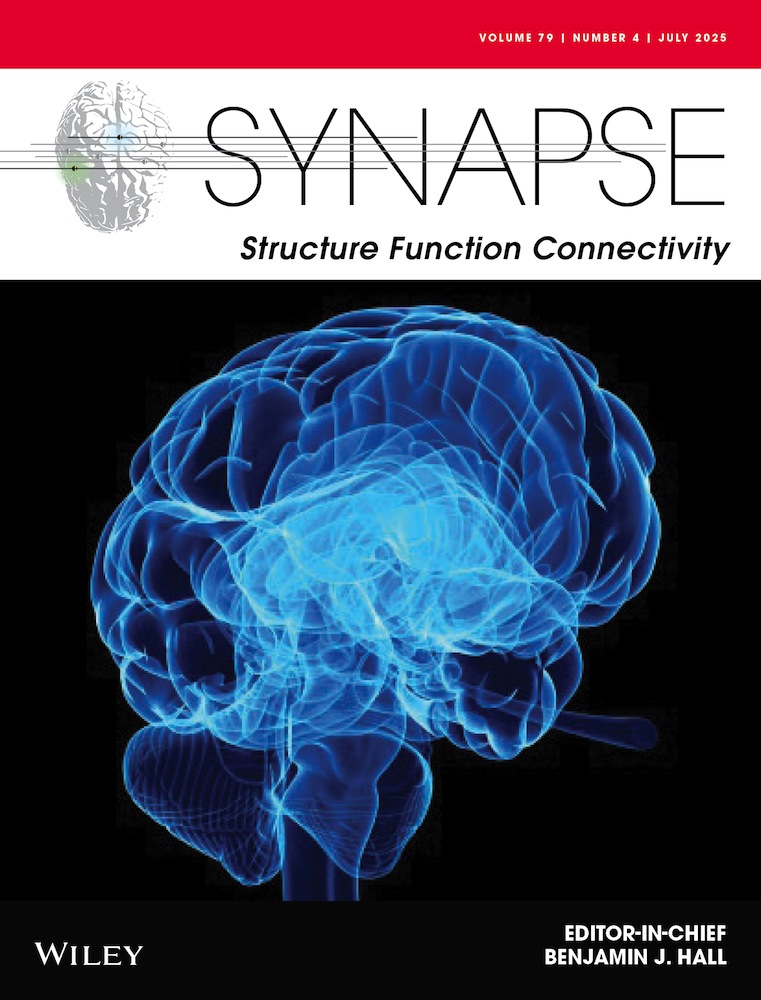In vivo binding of protoporphyrin IX to rat translocator protein imaged with positron emission tomography
Abstract
In vitro experiments have shown that protoporphyrin IX (PPIX) binds to the translocator protein 18 kDa (TSPO), which transports cholesterol across the outer mitochondrial membrane. The purpose of this study was to examine whether binding of PPIX to TSPO can also be detected in vivo using positron emission tomography and [11C]PBR28, a radioligand that binds with high affinity and selectivity to TSPO. Rats were injected with a high dose of 5-aminolevulinic acid (ALA, 200 mg/kg i.v.), which is a precursor for PPIX. ALA-pretreatment significantly decreased the uptake of [11C]PBR28 in TSPO-rich organs such as heart, kidneys, lungs, parotid glands, and spleen by 57–80%. As a control experiment, injection of a receptor saturating does of PK 11195, which is selective for TSPO, produced a pattern of displacement similar to that after ALA but with greater magnitude (88–97%). This study provides the first evidence that PPIX binds in vivo to TSPO. Although PPIX at physiological concentrations would likely occupy an insignificant percentage of TSPOs, it does reach high-enough concentrations in porphyria to occupy and have pharmacological effects via this target. Synapse 2010. © 2010 Wiley-Liss, Inc.




